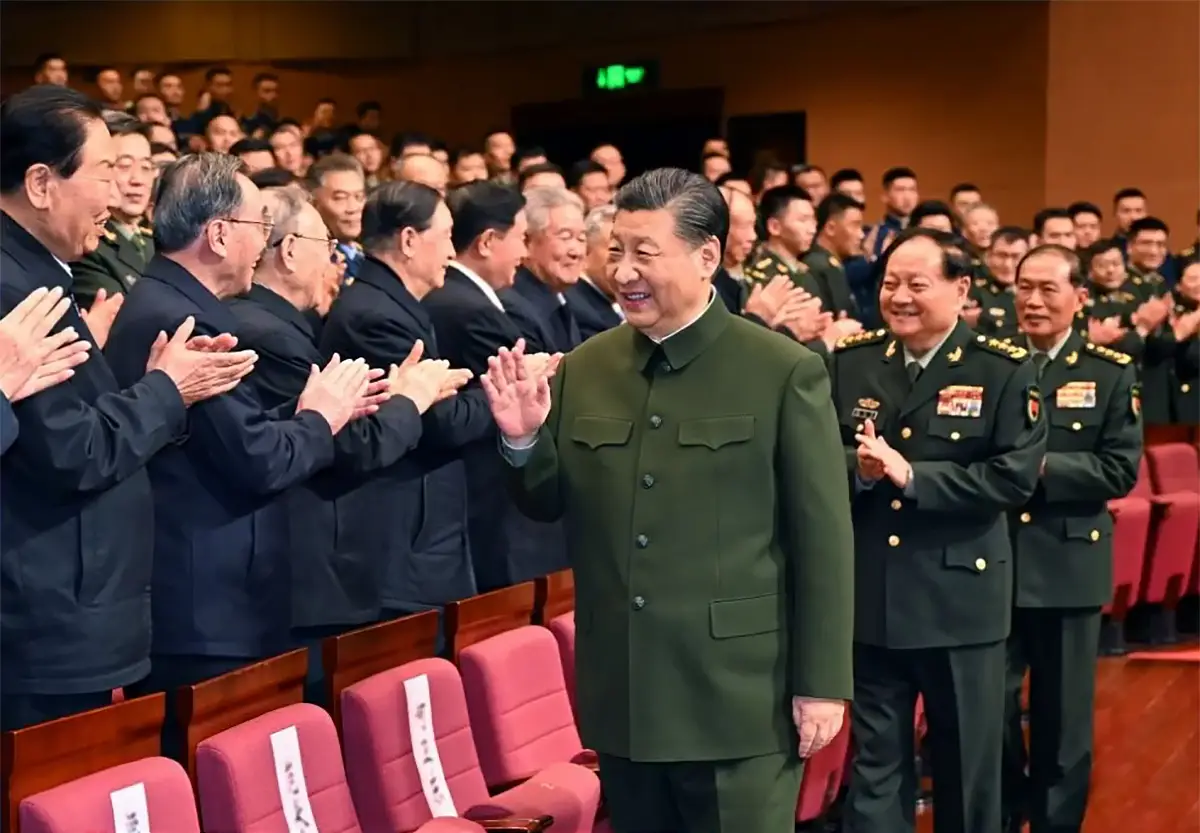Desert Storm was a powerful learning experience for the Navy and the Marine Corps — and for the more than 20 CNA analysts who were there supporting their commands in the conflict. I know, because I was one of those analysts, serving eight months in the Arabian Desert with I Marine Expeditionary Force. When we returned to headquarters, CNA was tasked with the reconstruction and analysis of naval force operations during the war. It filled 18 volumes.
January 17, 2021, marks the 30th Anniversary of the beginning of operations to end Iraq’s invasion of Kuwait. In the three intervening decades, the landscape of adversaries and competitors facing U.S. forces has evolved markedly. But many operational realities that U.S. forces faced then remain relevant today. I’d like to highlight three takeaways from Desert Storm that can still inform defense planning in the era of great power competition.
The first is that any crisis will require an immediate focus on creating large-scale teaming between the Navy and Marine Corps. Current plans call for such coordination, but Desert Storm showed that integration doesn’t happen overnight.
Teaming was most obviously needed when planners were devising an amphibious assault on the shores of Kuwait. Such a dangerous operation would need a high degree of cooperation and trust between the Navy and Marine Corps, a common and deep understanding of the environment each was facing. But I did not see the sort of tight relationship that would have helped in planning, even as 11 amphibious assault plans were developed. Instead, I observed how relatively little the Marines in the command element knew about Navy operations. For example, planners even at a high level realized relatively late that the Navy would need 18 days to clear mines in advance of any assault. They didn’t have the full picture that a close relationship with Navy planners might have provided.
In-depth, private, face-to-face talks between Marine Corps and Navy commanders — General Walter Boomer and his counterpart, Admiral Stanley Arthur — were attempted during Desert Storm. But achieving those talks when each commander has a significant number of distractions proved difficult. For example, in early February 1991, theater commanders in chief were to meet on USS Blue Ridge to make a final decision on an amphibious landing. Gen. Boomer meant to arrive well ahead of that meeting so that he and Adm. Arthur could consult privately to present a unified front. But bad weather prevented his early arrival. That private meeting never took place. The Navy-Marine Corps relationship needs a level of consistency to make it less vulnerable to the inevitable last-minute snafus like bad weather.
The intervening 30 years have not helped this problem, mostly because the Marine Corps has been focused on land warfare in Iraq and Afghanistan. It will be hard to change the go-it-alone mindset that threatens full cooperation and understanding at the operational and tactical level. If naval forces are going to be successful in a great power competition environment, they need an intense focus on combined operations at the operational and tactical levels.
The second takeaway is that operational deception works. Those 11 amphibious assault plans were never put into action. The risk-to-reward ratio was considered too high. And yet, the threat of a landing played a key role in Desert Storm’s success. Marines practiced landings on small islands in the Persian Gulf, and their deceptive preparations for an amphibious assault continued after the decision was made against carrying it out. So Iraq kept some of its forces tied up along the coast to defend against a landing that was never coming. Meanwhile, on February 24, allied ground forces rolled across the land border with Saudi Arabia.
Then there was Task Force Troy, a fake division made up of little more than 100 Marine reservists. While the real Marine invasion force of the 2nd Marine Division moved west to approach Kuwait from a less direct angle, Task Force Troy kept up the illusion of an impending invasion straight up the middle. They had dummy tanks and artillery in sand berms, loudspeakers playing tank noises, and supply helicopters arriving to deliver absolutely nothing. Marines made aborted raids from the position days before the actual invasion. It worked. Captured Iraqi officers confirmed that they expected the Marines to cross from Task Force Troy’s position.
Deception is still an incredibly handy tool and shouldn’t be discounted in great power competition. Our advanced competitors do have much better visibility today, but sowing doubt in the adversary’s mind is still achievable and highly effective. Operational planners — and CNA analysts — are currently exploring such operations. Such ideas should continue to be pursued vigorously.
The third takeaway is that logistics in war is always important and more difficult than anticipated. The importance of logistics is a lesson re-learned in every war. I saw first-hand in Desert Storm just how fragile the whole system was. Ironically, I Marine Expeditionary Force had just participated in an exercise called Internal Look that was modeled on Iraq as the adversary. But it didn’t test logistics realistically enough. The very same issues that would come up again in Desert Shield and Desert Storm were “fairy dusted” away in the exercise.
In the real conflict with Iraq, Marines were operating way beyond the 300 mile range for expeditionary forces foreseen in Marine Corps doctrine. Joint logistics support was not reaching us. The Marines had to devise a whole new command structure to support operations. They also created a long-haul trucking company to make the logistics effort work. Then they had to scramble when operational plans shifted from one breach of border defenses to two.
In the end, we were very lucky with logistics in Desert Storm. We had near misses and good fortune. Iraqi forces largely held back, giving the allies six months to iron out kinks in the system. A forward logistics site was moved just hours before a FROG missile hit the abandoned site.
The challenges of logistics in this era of great power competition are similar — but even more demanding. Just as in Desert Storm, logistics need to be agile, survivable and robust. Details have to be worked out; forethought needs to be given. Nothing can be assumed away. The imperative for the armed forces — and for operations analysts at CNA — is to constantly push the “what if?” and imagine logistics challenges that are being ignored. One place to start is by looking back at the challenges of past operations, even those that took place 30 years ago.
For more information about CNA’s analysis in Desert Storm, please visit our Analysis in Combat page.



